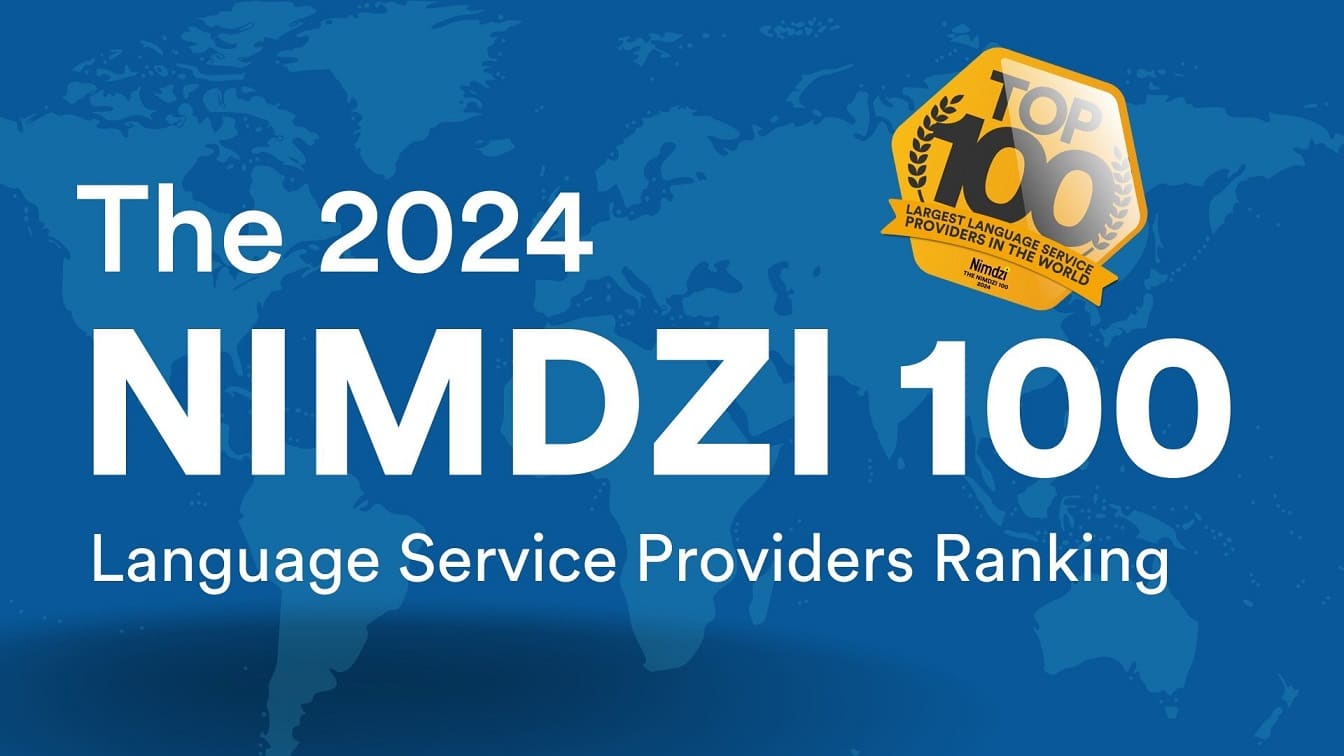Market research interviews can be difficult to master, especially when all your interviews will vary. After all, different people will have different responses to your questions. So how can you get market research interview techniques down to an art?
It’s all about looking at every factor at play: how you’ve set up the interview, how you’re conducting it and how the person you’re interviewing is responding. The environment you create is vital in getting the responses you need to find helpful insights.
In this article, we provide you with four market research interview techniques that can help you conduct the best interviews possible. With these tactics, you can get the information you need to impress your clients.
1. Pick the interview method carefully
Market research is a large industry with many facets. It encompasses a wide range of quantitative and qualitative data. As such, your interview method should carefully match the kind of data you expect to gather from the interview.
Do you want to conduct an interview that’s structured or unstructured? How many respondents will make up your sample? What kinds of questions will you ask and what kind of answers will you expect? Are you prepared for long form answers or simple “yes” and “no” answers? Will your respondents be on-site, or will you interview them over the phone or internet?
To help you figure out these answers, let’s look at some interview techniques you have at your disposal.

Focus groups
A focus group consists of a small sample of respondents (usually between 6 and 9) along with a researcher who serves as the moderator. The moderator should have a series of questions prepared for each session. There will usually be some commonality between the respondents. For instance, they might all use the same product, have seen the same video presentation, work in the same industry or share a common interest.
The goal of the focus group is to present questions that serve as a jumping-off point to create a natural dialogue. The party conducting the research will record and analyze the results to collect qualitative data.
Telephone/online interviews
Quick, easy and cost-effective, these are useful for getting fast, simple answers. For these interviews, the researcher will put together a series of pre-arranged questions for the respondents and offer sample answers. The questions might have binary answers (e.g., yes or no). Alternatively, they might use a scale such as a Likert scale in response to a series of statements.
If you need to collect data from a large sample size in a short time, these interviews are advantageous.
Face-to-face interviews
These are great if you have the time to carry them out. They can provide you with in-depth qualitative data and allow you to introduce visual stimuli such as images of products or marketing materials. They’re particularly useful for getting a snapshot of public reaction to a new marketing campaign or product.

2. Don’t neglect preparation
As in all things, failing to prepare is preparing to fail when it comes to your market research interviews. You’ll need to decide on questions well in advance of your interview as soon as you’ve chosen the format.
A number of factors will shape your questions. For instance, you must consider who your respondents will be, what kind of format your interview takes and, of course, what kind of data you expect to get from the interview.
That said, when an interviewer has certain outcomes in mind, it’s possible (however unconsciously) for leading questions to leak into the interview. Make sure your questions are open-ended and as comprehensive as possible. Market research data that is engineered to confirm suppositions is a waste of everyone’s time.
Check that all respondents understand the process of the interview. When they know what to expect, they’ll be able to think about their answers within more clearly defined parameters. By taking this step, their responses will become more useful and organized.
Finally, you’ll need to make sure that you have a plan in place to record relevant data. You should find a method that makes it easy to access and parse through the data later. However, raw audio data can be extremely time-consuming and painstaking to mine for important information. To make the most of the data, you should have it transcribed.
3. Listen and respond as necessary
As important and necessary as preparation is, an agile and adaptable approach to interviews can provide more quality information. So don’t be afraid to deviate from the script if the occasion calls for it.
Every person has their own unique perspective. You’ll have to prepare for the possibility that respondents give you unexpected or unusual responses. When this happens, you’ll need to be ready to ask the right follow up questions. Being able to pivot will help you glean the most useful insights from these interviews.
Also, be sure to treat every interview as if it’s the only interview of the day. Help the respondent to feel comfortable and that you value their opinion. Uncomfortable or rushed interviewees rarely give the most valuable feedback. Call them by their name and be as patient and positive as possible. Taking these steps will create the best conditions for them to deliver high-quality responses.
Remember to read their responses and remain mentally present. Keep an eye on non-verbal signifiers like eye contact, facial expressions and how they sit in their chair. If a line of questioning is making them uncomfortable, abandon it and move onto something else. If you notice them leaning in and getting more visibly engaged with a line of questioning, match their energy and ask them other relevant questions that aren’t necessarily on the script but will still be useful.
Not only does a present and responsive approach make it easier to create interviews that are full of market research gold, the process will be much more enjoyable, less repetitive and more valuable for you.

4. Ensure that you have the tools you need
Make sure you invest in good quality Dictaphones or have the right voice recording apps. As we mentioned earlier, raw audio isn’t the easiest format to parse for useful data. So, not only should your recording apparatus record high quality audio, it should also make it easy to send audio data to a third party transcription service to convert it into a more usable format.
Many market researchers find that the most convenient solution is to download an audio transcription app. These tools provide high-quality recordings, and also allow you to easily send the audio files to an external transcription service. Once you’ve sent in your audio files, a team can create a professional transcript. A professional transcript will provide better quality and accuracy than would a speech-to-text app and offer features like searchability. Hiring professionals will also be much faster than if you tried to transcribe it yourself in-house.
These transcription services can also arrange your audio transcript so that it’s in a format that makes it easy to gather insights that will drive your business forward. For instance, this might mean adding extra touches like timestamps and speaker identification. Alternatively, you can even get a ‘detailed notes’ transcript that will trim the fat off a lengthy audio file, remove any off-topic chat altogether and condense a lengthy transcript into the insights you need.
The next time you’re preparing a new campaign or product launch, keep these tips in mind. With the right transcripts, you’ll have better quality and more readily available insights from your market research efforts. Contact Verbit today to see how we can help you preserve research that will grow your business.




